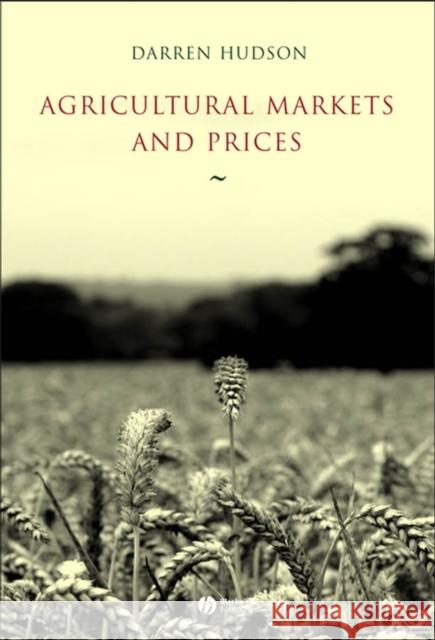Agricultural Markets and Prices » książka
topmenu
Agricultural Markets and Prices
ISBN-13: 9781405136679 / Angielski / Twarda / 2006 / 250 str.
This text incorporates new information and devotes more time and space to the issues of agricultural industrialization and market structure likely to be faced by applied economists.
- Responds to a critical need to train students to work in the new world of agricultural markets
- Explicitly integrates empirical analysis of issues while maintaining the theoretical and practical issues of applied market analysis
- Places a high emphasis on market structure, imperfect competition, vertical coordination, contracting, etc., providing students with the necessary background to understand the new environment in which they will be expected to operate
- Includes some introduction to game theory with applications
- Contains practical examples, -key questions-, exercises, and questions posed to students that can be used by instructors to stimulate classroom discussion.











